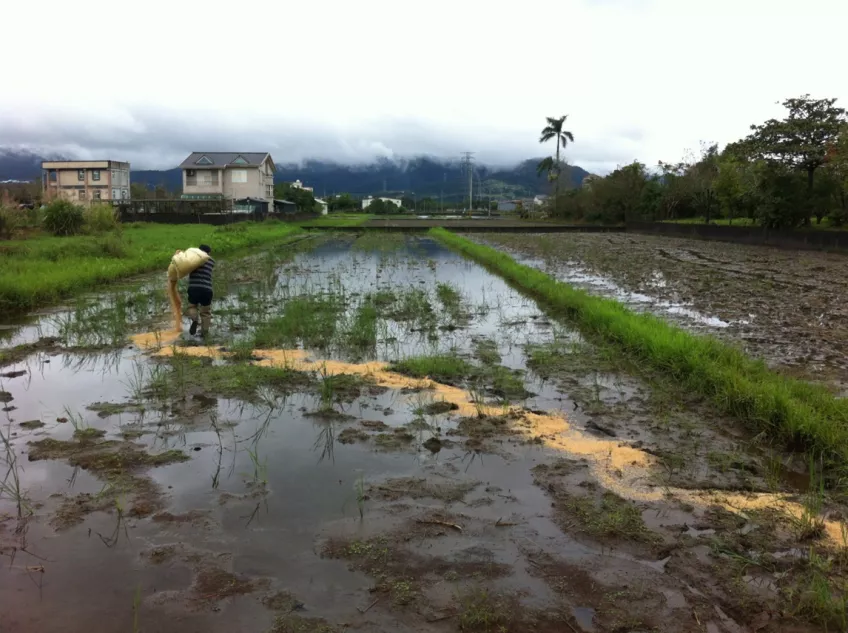Agriculture Lifestyle in Eastern Taiwan: Going back to the ‘Land’ or Rural Gentrification?
Research Student: Chia-Sui Hsu
Duration: 2011 – 2015
In the Western countries, the term back-to-the-land is associated with a counter-culture movement in the 1960s and 1970s. The radical and environmental consciousness embedded rural in-migration has received increased academic and public attention due to an increase in various initiatives of alternative food networks. In highly urbanized East Asian countries, this rural in-migration is often perceived as urbanization of the countryside or urban sprawl rather than a radical movement in relation to food and land.
This research concerns the emergence of the return of ex-urbanite newcomers to the countryside and their impact on the post-productivist countryside. Eastern Taiwan, an old periphery region that has recently renewed its profile after intensive tourism development and improved transportation, is the main geographical focus in this research.
In the early 2000s, after a series of crisis in the agriculture sector, thought to be resulted of the increased trade liberalization, farmland and its usage were heavily debated in the Taiwanese society. Approximately at the same time, peri-urban and rural areas began to witness a rural in-migration of those who were inspired by agriculture lifestyles. Newly-built farmhouses and alternative ways of farming have become two main components to distinguish between those ex-urbanite newcomers and long-term residents. Agriculture lifestyle inspired ex-urbanite newcomers are a heterogeneous group but they can be roughly categorized into two age groups in this case: Those moving for retirement and those in their late 20s or early 30s.
Seeing these rural in-migrations as a part of takeover of agriculture and the future of post-productivist rural land, the components and processes of rural gentrification and stories of back-to-the-land movement are employed to examine these rural neighborhood changes.
Ethnographically inspired fieldwork in two peri-urban neighborhoods in Eastern Taiwan has helped me to explore motivations and experiences of ex-urbanite newcomers that adopt agriculture lifestyles. The above picture shows a beginner farmer spreads rice husk over the earth with a belief that it can recycle nutrients back into the soil. Next to his rented land, there are few newly-built farmhouses, mostly for residential purpose. Through this picture, I hope that readers can sense the complex social relations in this rural landscape and this research aims to explore these issues.


